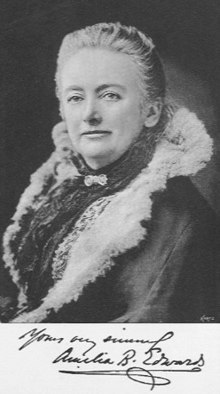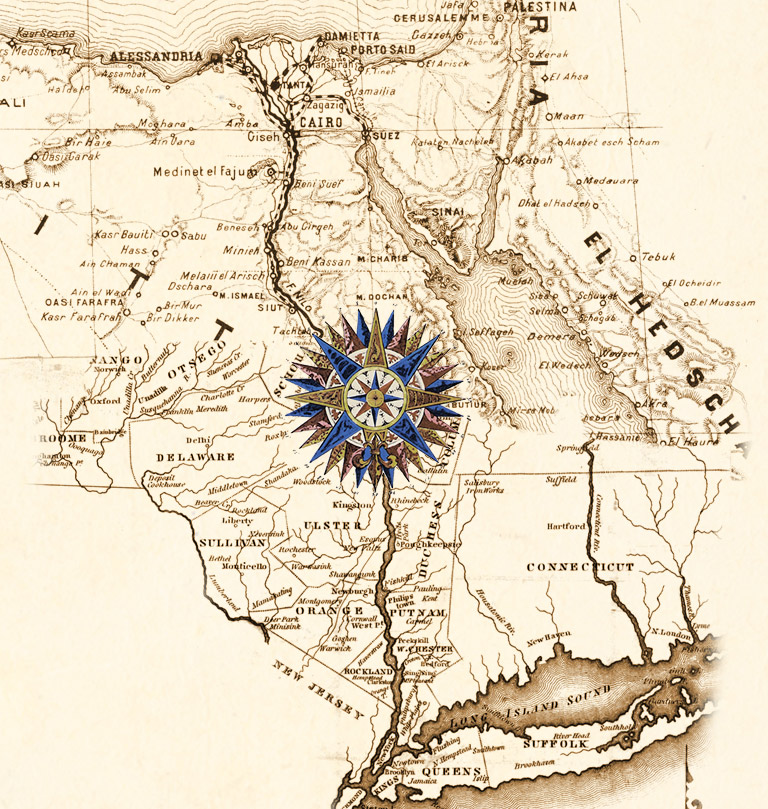
The American Historical Association (AHA) launched a two-year study on the topic of what are American students learning about US history today. The full report of 198 pages is available for download on its website. The study examined all 50 states for their standards and legislation. In addition, nine states covering a range of characteristics were selected for more in-depth analysis.
The release of the study was covered in the New York Times under the title “How History Teachers Navigate the Political Divide (September 22, 2024 print). According to that account, textbooks are out and digital sources and primary documents are in. Popular websites include the Smithsonian Institution and other federal archives and PBS. Others include the Gilder Lehrman Institute of American History.
In the second paragraph, the article states that in some left-leaning school districts, the lessons seemed to direct students toward viewing American history in an “’emotional’” manner as a string of injustices.
By contrast in conservative areas, laws restricting the teaching of “’divisive concepts’” have been “’extremely corrosive of teacher morale and detrimental to the integrity of good history teaching.’” Some of the most popular options have been called unacceptably left-wing by critics.
The report did not find much evidence in curriculum materials of conservative myths about American history that were once dominant, particularly in the South, such as the idea that slavery was not the cause of the Civil War.
The teachers seem to enjoy the topic.
The teachers who participated in the survey said they were drawn to social studies because of their love for American history and civics.
The report did survey teachers in several states where the curriculum has been most heavily contested. They include Florida, California, and Oklahoma.
Yale historian David Blight said “’I was surprised at the poignancy of some of the findings. A lot of teachers just want some time to read. They’d be grateful if someone gave them a $100 dollar book budget.”
A criticism of the study was that even if the term “critical race theory” is not used, the values of it can be embedded into the classroom.
AHA REPORT PREFACE
In the opening paragraph, AHA states:
Overheated rhetoric threatens the professional integrity of teachers and exacerbates partisan polarization.
There may be a gap between what people think is being taught in the classroom. One result is legislative and/or executive action imposing restrictions on the content of history instruction.
The political theater and vigorous debate lack an important element: evidence drawn from careful research. The AHA study is intended to remedy that situation. Its conclusions were:
1. Secondary US history teachers are professionals who are concerned mostly with helping their students learn central elements of our nation’s history. Teachers want students to read and understand founding documents to prepare them for informed civic engagement. They also want students to grapple with the complex history and legacies of racism and slavery. These goals are entirely compatible. We did not find indoctrination, politicization, or deliberate classroom malpractice.
2. Teachers make important curricular decisions with direct influence over what students are expected to learn. Despite legislative interference, the localized influence of state-mandated assessment, and efforts to standardize instruction, history teachers retain substantial discretion over what they use in their daily work.
3. Free online resources outweigh traditional textbooks, which are unlikely to stand at the center of history instruction. While publishers pitch digital licenses and tech tools to districts, teachers instead make prolific use of a decentralized universe of no-cost or low-cost online resources. US history teachers rely on a short list of trusted sites led by federal institutions including the Library of Congress, the National Archives, and Smithsonian museums.
4. Room for improvement remains. A lack of resources, instructional time, and professional respect are among the clearest threats to the integrity of history education across the United States. Many of the teachers in our sample wished for more time and opportunity for professional learning focused on historical content—in essence, what happened, how, and why. If there is any wholly inaccurate message being sent by our public schools to millions of students and their families, it is that history is not important enough to command time, attention, and public resources.
Personally, I found this last conclusion most significant. Teachers would like to learn more historical content. This suggests that programs need to be devised which provided teachers with an opportunity to be students, as college or grad students, to learn what is going on in their field. Years ago in a series on “Imperiled Promise,” a study commissioned by the National Park Service for the rangers at the historic locations, reached roughly similar conclusion. Teachers of history would like to be able to learn more history. That means attending history not pedagogy conferences. Having access to books/journals perhaps through a college library. Having the time to digest the information. Remember the Teaching American History grants, the federal program now discontinued which included visiting historic sites. Here is where a robust Department of Education could be most helpful especially since the Sesquicentennial has already started.
Speculation and outrage do little to address the many challenges our schools confront on a daily basis. American Lesson Plan provides a solid evidentiary foundation for policies directed toward teaching history with the professional integrity and qualifications that help students grow into informed participants in a vibrant democracy. It is time to get serious about history education.
Implicit in many of these points is that students are capable of and are reading at a high school level.
In the next series of blogs, I will review the AHA more thoroughly. For readers eager to get a head start go to:






Dear Peter,
Thank you for the IHARE blog about history in public schools. With all the media blurting this and that about what is taught and what is not taught in public schools, I just wanted to share with you my opinion about the schools in Carmel NY.
My two kids Daniel and Faith are now sophomores in the Carmel High School and have gone through this district since kindergarten.
While I felt that their elementary level understanding of history was limited or generalized to what many of us learned, when they began taking history at the middle school and high school level that all changed and I have been quite pleased. Perhaps it was just the efforts of two teachers that my kids had the privilege to have, Mr. Riley and Mr. Buccheri. Unlike most teachers these fellows are both reenactors on their off time. Both are avid historians and readers specifically with the Revolutionary period and Civil War. Mr. Buccheri actually teaches a semester about the Amer. Rev. and the second about the Civil War. He encourages his students to come to reenactments and visit historical sites, giving them extra credit if they do so. They also have been teaching about local history, something I think few history teacher spend much time on. I think it comes down to how much time is spent on the study as well as for any other subject. In NY we have these regent tests that have teachers fumbling around trying to get the kids ready to answer the questions on the test rather than actually learning what many teachers have to teach. I would say the same thing about the SAT’s. That teachers are not given the credit for the job they do that we can’t trust them so we have to give the students standardized tests.
It is of my opinion that if the time was spent focused on the actual subject rather than these tests, the time saved would provide for a longer discussion about the subject between the teachers and the students. I believe that teachers are held to a higher standard today. Few can get away with just “winging it”.
And for all those who say they took the Pledge of Allegiance out of our schools, they still do the pledge in the Carmel School District.
Thank you for the information I’ll read through the whole document.
Best regards,
Hi Peter,
Good coverage of this topic. Thank you Peter.